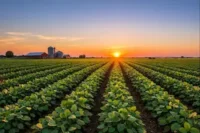The Ultimate Guide: How Does Sesame Grow? Master the Art of Growing Sesame Seeds
Published: 4 Jun 2024
Sesame seeds are a type of small, brown seed that comes from the Sesamum indicum plant. They are known for their nutty flavor and are often used in cooking, baking, and topping salads. Sesame seeds are also an important source of protein, healthy fats, and minerals like calcium, magnesium, and phosphorus.
Through this ultimate guide, I aim to share the depth of my knowledge and experience with you to unravel the mystery of how sesame grows and how you can master the art of growing sesame seeds.
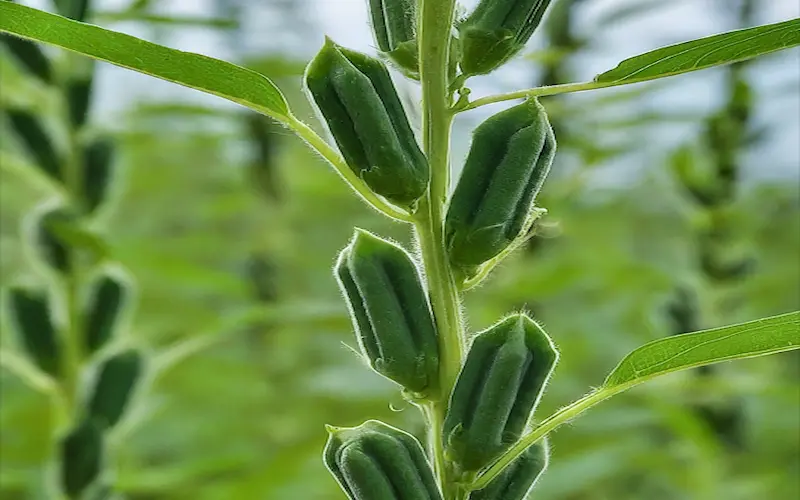
What are Sesame Seeds?
Sesame seeds are tiny, oil-rich seeds from the sesame plant (Sesamum indicum), a member of the Pedaliaceae family. These seeds have a nutty flavor and are highly valued for their oil, which is exceptionally resistant to rancidity. Sesame has been cultivated since antiquity, with its origins tracing back to Africa and India. One delicious vegetable that pairs well with sesame seeds is broccoli.
It’s a resilient crop that can grow where many others fail, so understanding its intricacies is essential for any aspiring sesame cultivator.
Sesame is unique because of its seeds and the sesame pod, which bursts open when it reaches maturity, releasing the seeds in an audible pop. This characteristic is referenced in the famous phrase “Open Sesame,” which indicates the unlocking of treasures, which, in this case, is quite literal.
The cultivation of sesame seeds is a journey that begins with a single, tiny seed and culminates in the harvest of numerous seeds, each holding the potential to create a new plant or to be utilized in an array of culinary applications.
Introduction to Growing Sesame
You must know that a foundational understanding of the sesame plant’s life cycle and growing requirements is required before the sesame cultivation process starts. Sesame is an annual plant. It completes its entire life cycle, from germination to seed production, within one growing season.
This cycle is fascinating, and as someone who has nurtured these plants from seed to harvest, I can attest to the rewarding experience of watching them grow.
Sesame plants are known for their resilience, but they have specific preferences regarding climate and soil. They thrive in warm environments with well-drained soil. If you’re considering growing sesame, it’s imperative to check whether your local climate and soil conditions are suitable.
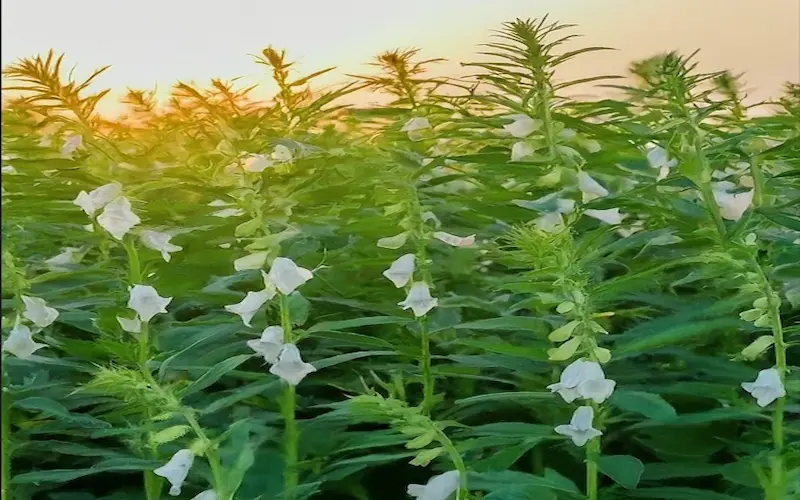
Understanding the Sesame Plant
The sesame plant is an erect, herbaceous plant that can grow up to 5 feet tall under optimal conditions. Its leaves vary in shape and size along the stem, and the plant is adorned with bell-shaped flowers, which are white or pink. After pollination, these flowers give way to the sesame pod, a key feature of the plant.
As the sesame pod matures, it becomes a treasure trove of seeds. Each pod contains numerous tiny seeds that can be white, black, brown, or red, depending on the variety. The seeds are encased in the pods until they burst open when fully ripe—a process known as dehiscence.
This natural seed dispersal mechanism can make it challenging to harvest sesame seeds, but with proper timing and care, it’s possible to capture the seeds for cultivation or consumption.
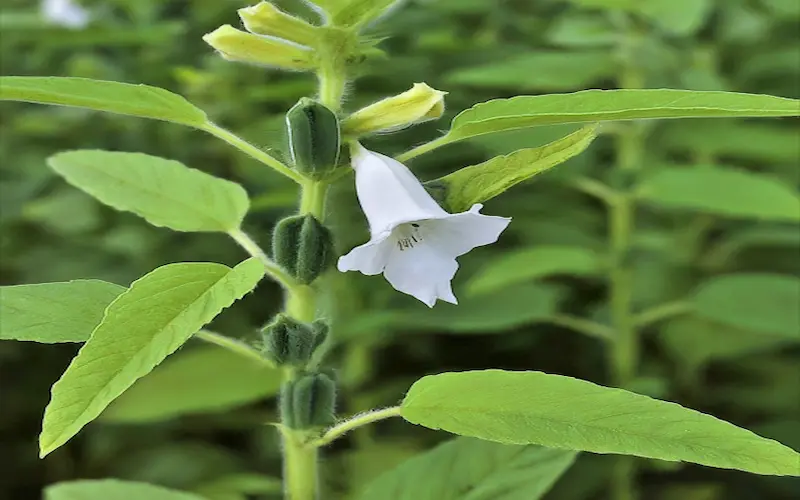
The Different Varieties of Sesame
Sesame has several varieties, each with unique characteristics and adaptations. The color of their seeds distinguishes the most common varieties. White seed varieties are usually preferred for their higher oil content and are often used in baking and confectionery. Black sesame seeds are known for their more robust flavor and are commonly used in Asian cuisine.
Beyond color, varieties may differ in terms of maturity time, plant height, and seed size. Some varieties have been developed to be more resistant to certain pests and diseases, while others have been bred to prevent the pods from bursting, making it easier to harvest the seeds. When choosing a variety to grow, consider your local climate, the purpose of cultivation, and whether the variety is suited to your soil type.
Climate and Soil Requirements for Growing Sesame Seeds
Sesame plants prefer a warm, well-defined climate with a long growing season. They require temperatures between 70 and 90 degrees Fahrenheit. Sesame seeds will not germinate in cold soil, and the plants are sensitive to frost. They need plenty of sunlight and do best in regions that receive at least five to six months of warm, frost-free weather.
The soil for sesame cultivation should be well-drained and fertile, with a neutral to slightly acidic pH. While sesame plants can tolerate drought, they cannot withstand water-logged conditions, which can lead to root rot and other diseases. Before planting, it’s crucial to ensure that the soil is in good condition and that you have a plan in place to maintain its fertility throughout the growing season.
Steps to Prepare the Soil for Sesame Cultivation
Preparing the soil for sesame cultivation is a multi-step process that sets the foundation for a successful harvest. The first step is to test the soil to determine its pH and nutrient levels. Based on the results, you may need to amend the soil with organic matter, such as compost, to improve fertility and structure.
Next, till the soil to a fine tilth, which will facilitate root growth and ensure that water can penetrate effectively. Remove any weeds, rocks, or debris that could impede the sesame plants’ development. Finally, raised beds or rows should be created to enhance drainage, a crucial factor for sesame plants, which are susceptible to waterlogging.
Planting and Germination
Planting sesame seeds requires precision and care. Please start by selecting high-quality seeds from a reputable source, ensuring they are free of diseases and pests. Sow the seeds directly into the prepared soil at a depth of about one-half to one inch, spacing them two to three inches apart in rows that are two to three feet apart.

Germination typically occurs within one to two weeks, provided the soil temperature is warm enough. Keep the soil moist but not waterlogged during this period to encourage uniform germination. Once the seedlings emerge, thin them to stand 6 to 12 inches apart, which will give them ample space to grow and reduce competition for nutrients.
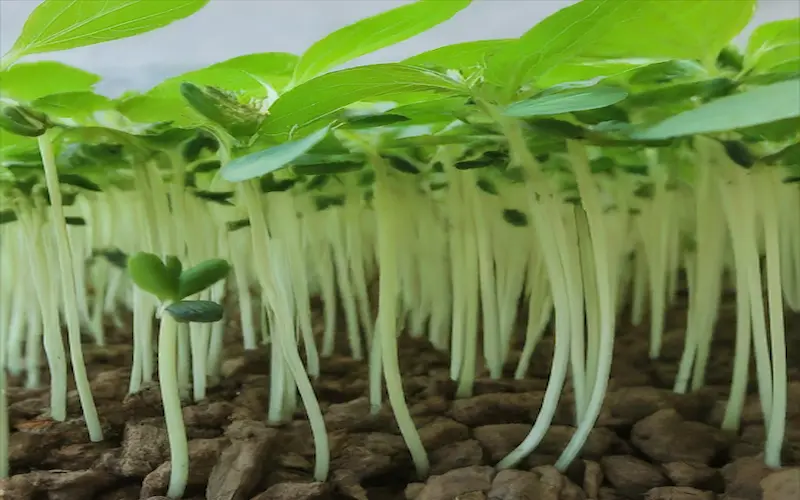
Essential Care and Maintenance
As the sesame plants grow, they will require ongoing care and maintenance to ensure a healthy crop. Regular weeding is necessary to prevent competition for water and nutrients, and mulching can help retain soil moisture and suppress weed growth.
Watering should be done carefully, as overwatering can cause issues. Sesame plants need less water compared to other crops, and they should be watered deeply but infrequently to encourage strong root development. Fertilization should be based on soil test results; a balanced fertilizer can be applied to support plant growth if needed.
Monitoring plant health is also vital. Look for signs of nutrient deficiencies or pest infestations and take action promptly to address any issues that arise.
Common Pests and Diseases in Sesame Cultivation and Their Management
Sesame cultivation can be affected by various pests and diseases, which can impact both yield and quality. Common pests include leafhoppers, aphids, and sesame webworms. These can be managed through cultural practices such as crop rotation and using pest-resistant varieties, as well as through biological controls like introducing natural predators.
Diseases such as leaf spot, root rot, and wilt can also affect sesame plants. These can be minimized by ensuring proper soil drainage, avoiding overcrowding of plants, and practicing good sanitation by removing and destroying infected plant material. In severe cases, appropriate fungicides may need to be applied, following the recommendations for safe and effective use.
Harvesting
When it comes to harvesting sesame seeds, timing is everything. The seeds are ready to harvest when the pods turn brown and begin to crack open. This is typically 90 to 150 days after planting. To prevent the loss of seeds due to dehiscence, you can harvest the entire plant when the seeds are mature but before the pods fully open.
Cut the plants at the base and hang them upside down in a warm, dry place to allow the pods to continue drying. Once the pods are fully dry, you can gently shake or beat the plants to release the seeds. This process, known as threshing, should be done carefully to avoid damaging the seeds.
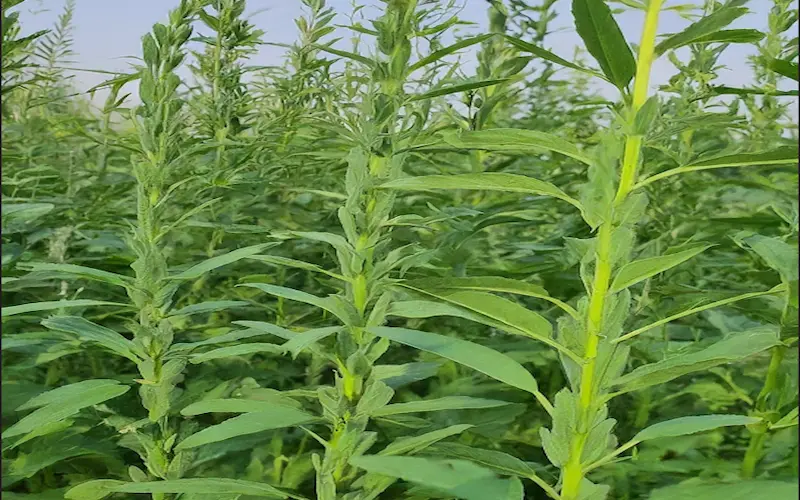
Drying and Storing
After harvesting, the sesame seeds need to be adequately dried to ensure they are suitable for storage and use. Spread the seeds in a thin layer on a clean, dry surface and allow them to dry in a well-ventilated area away from direct sunlight. Stir the seeds occasionally to promote even drying and prevent mold.
Once the seeds are thoroughly dried, they can be stored in airtight containers in a cool, dry place. Properly stored sesame seeds can remain viable for planting for several years and can be used in cooking for several months.

Conclusion
Growing sesame seeds is a rewarding endeavor that requires attention to detail and patience. From understanding the sesame plant’s requirements to mastering the art of harvesting and storage, each step in the process is crucial for a successful crop. Whether you’re a seasoned gardener or a novice looking to expand your horticultural horizons, the art of growing sesame can be a fascinating addition to your gardening repertoire.
For those interested in delving deeper into the world of sesame cultivation or seeking high-quality sesame seeds for planting, I encourage you to contact local agricultural extension services or trusted seed suppliers. They can provide valuable insights and resources tailored to your specific region and growing conditions.
Growing sesame may not be without its challenges, but with the knowledge and tips shared in this guide, you are now better equipped to embark on this journey.

- Be Respectful
- Stay Relevant
- Stay Positive
- True Feedback
- Encourage Discussion
- Avoid Spamming
- No Fake News
- Don't Copy-Paste
- No Personal Attacks



- Be Respectful
- Stay Relevant
- Stay Positive
- True Feedback
- Encourage Discussion
- Avoid Spamming
- No Fake News
- Don't Copy-Paste
- No Personal Attacks
